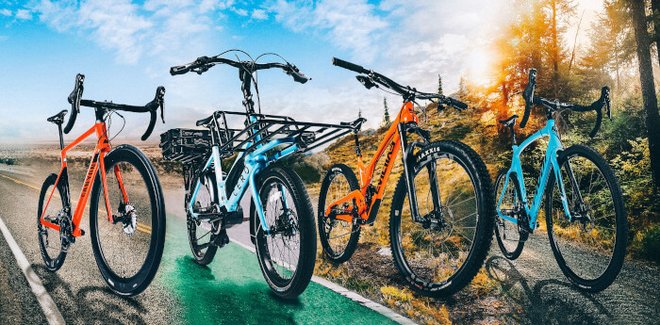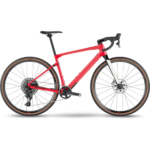Are you looking for a bike to ride around your neighborhood or one that can tackle rugged terrain? Depending on the type of riding you plan to do, there are bicycles designed specifically for each purpose.
In this article, we’ll cover the different types of bicycles and how to identify which type will be best suited for your needs. We’ll also discuss frame materials, components, and accessories that you should consider when making a selection.
Factors to Consider When Choosing a Bicycle
Purchasing your first bicycle should not be a daunting experience. The key is to consider your needs and preferences, as well as any constraints you may have (such as budget).
Here are some of the main factors to think about when choosing a bicycle:
- Terrain type– Where will you be using your bike? You’ll need to consider whether you’ll be riding on paved roads or off-road trails. Mountain bikes are designed for off-roading, whereas touring or fitness bicycles work well on paved roads
- Riding style– What kind of cycling do you plan to do? Are you seeking a leisurely ride around town or an adrenaline-pumping adventure? Touring, road, and mountain bikes are suitable for different cycling styles.
- Rider height– You should select a bike that allows you to be comfortable and in control of your cycling experience. Be sure to check the frame size before making your purchase.
- Budget– The type of bike you can afford will largely depend on how much money you’re willing to spend. High-end models can be more expensive, but they usually come with better components and accessories.
Types of Bikes to Choose From
Now that we’ve discussed the factors you should consider when purchasing a bicycle, let’s take a look at some of the different types available:
- Road bikes are designed for speed and efficiency on paved roads and are typically used for cycling races and long-distance cycling.
- Mountain bikes have wider tires, more suspension, and features designed for off-roading. They are great for cycling in Utah, where you can find rugged terrain and stunning views.
- Touring bicycles are best suited for recreational cycling or light touring on paved roads. They are designed to be comfortable and efficient, with features like pannier racks and relaxed geometry.
- Hybrid bicycles combine elements from mountain and road bikes for an all-purpose bike suitable for a variety of terrain.
- Cruiser bikes have a low saddle height, wide handlebars, and upright seating position, making them ideal for short trips around town.
- Folding bicycles are compact and foldable, making them great for commuters or those who don’t have much storage space.
Frame Materials & Components to Consider
When selecting a bike, you should also consider the frame material and components that it is made from. In general, lighter frame materials such as aluminum or carbon fiber are more expensive but offer superior performance. Steel frames can be heavier but are usually less expensive and provide a comfortable ride.
Components such as wheels, drivetrain, and brakes should also be taken into consideration when choosing a bicycle. Choose components that fit your budget and riding needs—higher-end components are more expensive but often offer better performance and durability.
Accessories to Consider
When selecting a bike, you should also consider adding accessories that will make your cycling experience more enjoyable. Some essential items include locks, lights, helmets, and water bottles. You may also want to purchase bike bags or racks for carrying supplies.
Now that you’ve read this article, you should have a better understanding of what to look for when choosing the right bicycle. Consider your riding style and budget, as well as the terrain type and frame materials. Also, don’t forget to add accessories that will make your cycling experience more enjoyable.
With this guide in hand, you’re now ready to select the perfect bicycle for your needs.




